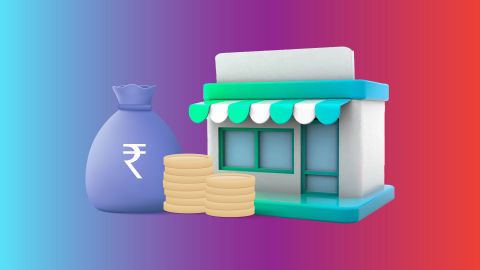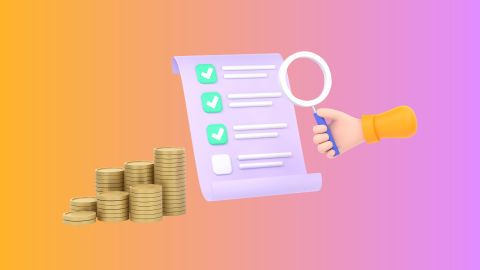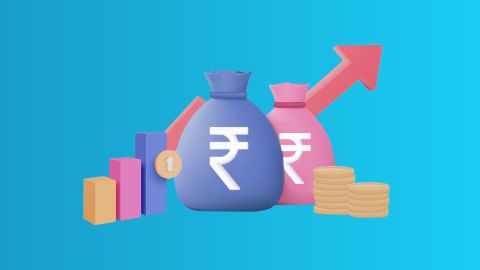Types of Operating Expenses (OpEx)
Some common examples of operating expenses are:
- Salaries for staff
- Licence fees
- Rent
- Insurance
- Research
- Marketing
- Utility bills (electricity, water, etc.)
- Legal fees
- Sales commissions
- Accounting fees
- Advertising costs
- Direct mailing costs
- Maintenance and repairs
- Office supplies
- Property tax
It’s important to remember that operating expenses do not include the cost of goods sold (COGS), as this is shown separately in the income statement. COGS relates directly to making the company’s main product or service, not the day-to-day running of the business.
However, some companies include COGS under operating expenses. They might add repair costs, raw materials, or taxes on production units to increase their operating budget, often in hopes of getting more funding in the next year.
Other expenses such as depreciation, amortisation, legal settlements, and restructuring costs are not operating expenses. These are considered non-operating expenses.
Examples of OpEx (operating expense)
Operating expenses (OpEx) are essential for the daily operations of any business and include a variety of costs. Examples of OpEx are salaries and wages for employees, utilities like electricity and water, rent for office or factory space, and maintenance and repairs that keep operations running smoothly. Other OpEx items can include marketing and advertising expenses, travel and entertainment costs, and legal and professional fees. Supplies that are consumed during the normal course of business, such as office supplies or raw materials for manufacturing, also fall under operating expenses. These costs are all expensed on the income statement during the period that they are incurred.
Operating vs. non-operating expenses
Feature
|
Operating Expenses (OPEX)
|
Non-Operating Expenses
|
Definition
|
Costs that happen during regular business activities.
|
Costs not directly linked to the main business work.
|
Relation to Core Business
|
Directly connected to daily activities that earn revenue.
|
Not directly related to main business operations.
|
Frequency
|
Usually regular and necessary for running the business.
|
Often irregular, one-off, or occasional expenses.
|
Examples
|
- Salaries and wages
- Rent and utilities
- Office supplies
- Marketing and advertising
- Depreciation- Insurance
|
- Loan interest
- Loss on asset sales
- Foreign exchange losses
- Lawsuit settlements
- Restructuring costs
- Inventory write-downs
- Losses from natural disasters
|
Income Statement Placement
|
Shown after Cost of Goods Sold (COGS) to find Operating Income.
|
Shown below Operating Profit to calculate Profit Before Tax (PBT).
|
Purpose of Distinction
|
Helps assess how well the core business is doing financially.
|
Separates regular business results from unusual or external items.
|
Controllability
|
Mostly controllable through managing daily operations.
|
Less controllable as they often depend on outside factors or one-time events.
|
CapEx vs. OpEx: Key differences
Feature
|
Capital Expenditure (CapEx)
|
Operating Expense (OpEx)
|
Purpose
|
Buying, improving, or maintaining long-term assets that benefit the business in the future.
|
Regular, day-to-day costs needed to run the business.
|
Benefit Duration
|
Long-term, lasting more than one year or accounting period.
|
Short-term, usually within the current accounting period.
|
Examples
|
Land, buildings, machinery, equipment, vehicles, software licenses.
|
Salaries, rent, utilities, office supplies, maintenance, insurance, marketing.
|
Financial Statement Impact
|
Recorded as assets on the balance sheet.
|
Recorded as expenses on the income statement, reducing net income.
|
Accounting Treatment
|
Capitalised and depreciated (for physical assets) or amortised (for intangible assets) over time.
|
Charged as expenses immediately when incurred.
|
Tax Treatment
|
Tax deductions spread out over the asset’s useful life via depreciation.
|
Fully deductible in the year the expense occurs.
|
Flexibility
|
Less flexible because of large, long-term investments.
|
More flexible and can be adjusted as needed.
|
Risk
|
Higher risk due to big upfront costs and uncertain returns.
|
Generally lower risk with smaller, more manageable costs.
|
Operating expenses formula
To calculate operating expenses (Opex), use the following formula:
Opex = Revenue - Operating Income - Cost of Goods Sold (COGS)
This formula rearranges the operating income equation to solve for operating expenses by subtracting both operating income and COGS from total revenue.
How to calculate Opex (Operating expense)?
To calculate operating expenses (Opex), follow these steps:
- Identify regular costs: List all routine expenses required for daily operations, such as salaries, rent, utilities, and office supplies.
- Include variable costs: Account for expenses that fluctuate with business activity, like raw materials and commissions.
- Add administrative expenses: Include costs related to management, such as legal fees and accounting services.
- Calculate total Opex: Sum up all identified expenses to determine the total operating expenses for the period.
- Review and adjust: Regularly review expenses for accuracy and adjust your budget as needed to maintain financial health.
Importance of operating expenses
Operating expenses (OpEx) are crucial for the smooth functioning and strategic management of a business. Their importance is underscored by several key points:
- Budget control and financial planning:
Effective management of OpEx helps businesses maintain control over their budgets and conduct accurate financial planning. By understanding where money is being spent operationally, companies can make informed decisions about cost-saving measures and potential areas for investment.
- Impact on profitability:
Operating expenses directly affect the net income of a company. Reducing these costs without compromising quality or productivity can significantly improve profitability.
- Operational efficiency:
Regular review and management of operating expenses encourage businesses to streamline processes, eliminate waste, and adopt more efficient practices. This not only reduces costs but also improves overall operational efficiency.
- Competitive advantage:
Businesses that effectively manage their operating expenses can price their products or services more competitively, enhancing their position in the market. Understanding and managing operating expenses is thus essential for achieving financial stability and fostering long-term business growth.
Managing operating expenses
Managing operating expenses (OpEx) is critical for maintaining profitability and ensuring the financial health of a business. Effective management involves closely monitoring and controlling these costs without compromising the operational efficiency or quality of the business operations. Techniques such as budgeting are fundamental, where businesses plan their expected OpEx based on historical data and future projections to prevent overspending. Regularly reviewing these expenses allows companies to identify cost-saving opportunities, whether through renegotiating contracts, streamlining processes, or adopting new technologies that enhance efficiency.
Additionally, benchmarking against industry standards can help businesses understand where they can optimise their spending. Automation and outsourcing are other strategies used to manage operating costs effectively by reducing labour expenses and improving process efficiencies. Ultimately, successful management of operating expenses requires a strategic approach, combining vigilant monitoring with proactive measures to reduce costs and enhance operational workflow.
Conclusion
Operating expenses are integral to the daily functions of a business and play a pivotal role in its financial structure. Efficient management of OpEx not only improves profitability but also ensures sustainable business growth. Tools such as budgeting, financial analysis, and strategic planning are essential in controlling these expenses. For businesses needing to leverage financial strategies to manage or invest in operations, considering a business loan with competitive business loan interest rate can provide the necessary capital to support and expand business activities effectively. Understanding and managing OpEx is fundamental for any business aiming to maintain competitiveness and financial stability in the market.






